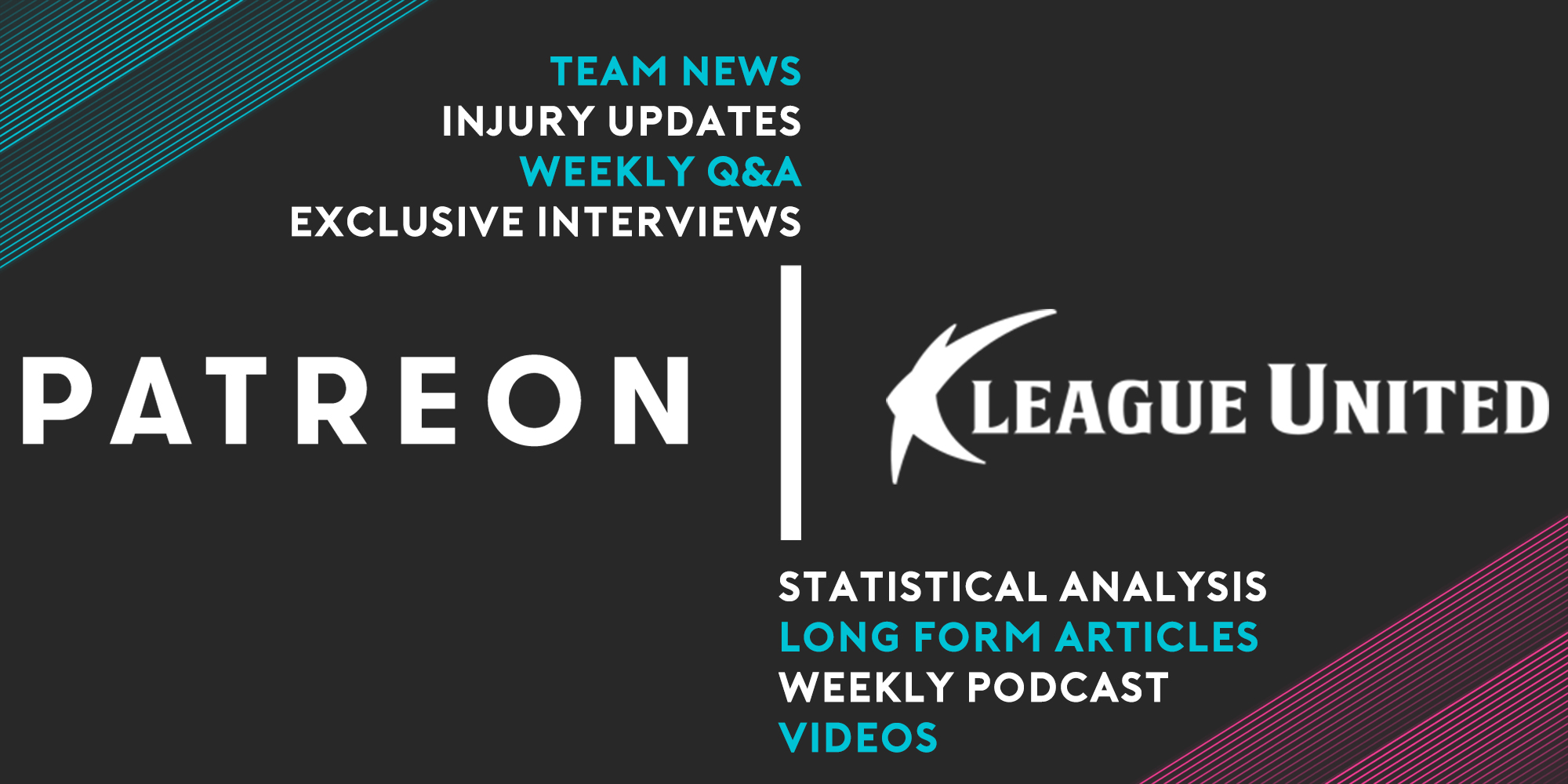The K League Coach: Korea Republic 1-0 Philippines
(Image via APF)
Game Information
Team: Korea RepublicOpposition: Philippines
Date: January 7th 2019
Competition: Asian Cup Group C, Round 1
Match Overview
As expected Korea dominated play, having 71% possession in the first half, the majority of which took place within the Philippines half. Eriksson had prepared the opposition well, setting up in a 5-4-1, with the three central defenders taking it in turns to step in between the lines to pick up Korea attackers checking into space. This meant once Korea approached the final third they were often trying to break down a narrow and compact 4-1-4-1.Line Up
Offensive Shape
Bento lined the team up in a 4-2-3-1. Once in possession the full backs pushed high and wide, allowing the high wingers in the attacking three to tuck inside and try to create overloads in between defensive lines. Korea would use their two central defenders and two central midfielders to bring the ball out from the back in a box shape. |
| via JTBC3 |
Cutting Edge
The Philippines low, compact central block caused issues for Korea; play was forced wide and the Philippines were happy to shuffle from side to side keeping their shape, more concerned with Korea's penetration than winning the ball back. Korea had plenty of opportunities to deliver balls into the box, but the quality of service was severally lacking, with crosses often going right through the box or failing to beat the first man.With crossing not seemingly being a way for Korea to breakdown opponents and create quality scoring opportunities, the emphasis moves on to central players and quick interplay around the box to find small gaps. However, poor technique and sloppy play meant that once the ball went into the area around the penalty box and players were forced to increase the tempo, passes regularly went astray and were cleared up field.
The goal eventually came from some neat interplay on the edge of the box with the experienced Lee Chungyong receiving between the lines and getting the chance to turn on the edge of the box and slide a pass through the defensive line.
Defensive Structure
The Korea back line spent the majority of the game switching play from one flank to the other, positioned at the half way line. Whenever Korea did lose the ball during the early stages of the game they would immediately press to try and win it back. This forced the Philippines to quickly play long direct balls up to an isolated striker, and they were easily won by the Korean defence.As the game went on it became clear that the Philippines had no intention of trying to play out and would either clear the ball long, or try and dribble down the wing regardless of Korea's pressure. This resulted in Korea's team press slowly dropping off, with players letting the long clearance be hit with the expectations that it would be won again by their defenders.
The ball usually came back to Korea very quickly but there we occasions where Philippines were about to create worrying counter attacks. Bento must ensure that his players continue to press regardless of the oppositions perceived lack of threat. On a couple of occasions the Philippines were able to create dangerous counters that originated in their own third. Continuing to press may also result in a few turnovers nearer to goal that may catch opponents unprepared, before the Philippines were able to organise their low block
Conclusions
- Korea must improve their play within the final third. Quick play along with movement in central areas and delivery from out wide were not good enough.
- Even with better delivery, the line up lacked a real target man or aerial threat in front of goal so Bento may be better trying to use the width to pull defences over, then break through them centrally on the ground, as they did for the goal.
- As the competition progresses opponents are unlikely to sit as deep with so many men behind the ball, so that will offer more space between the lines for Korea to operate in.
- However, better teams will also have a far greater share of possession, meaning that there will be less chances to exploit the extra space. Execution must improve.
Copyright Disclaimer: under section 107 of the Copyright Act of 1976, allowance is made for “fair use” for purposes such as criticism, comment, news reporting, teaching, scholarship, education and research.








![[about]](https://blogger.googleusercontent.com/img/b/R29vZ2xl/AVvXsEh0mXcKy7h0fXIgdvWFm5DpFfwXkPr2ggzUt9_AoPo8vS0HOsFMT8KsO21qTLZBKoLyQXSOAckzy4OtJCPOoHtL5cGqAa0zXKzIdiW45D6TCFAisfJUODssBTfrkat95GXhJc8haWSP3nyV/s1600/KLU.png)
No comments:
Post a Comment